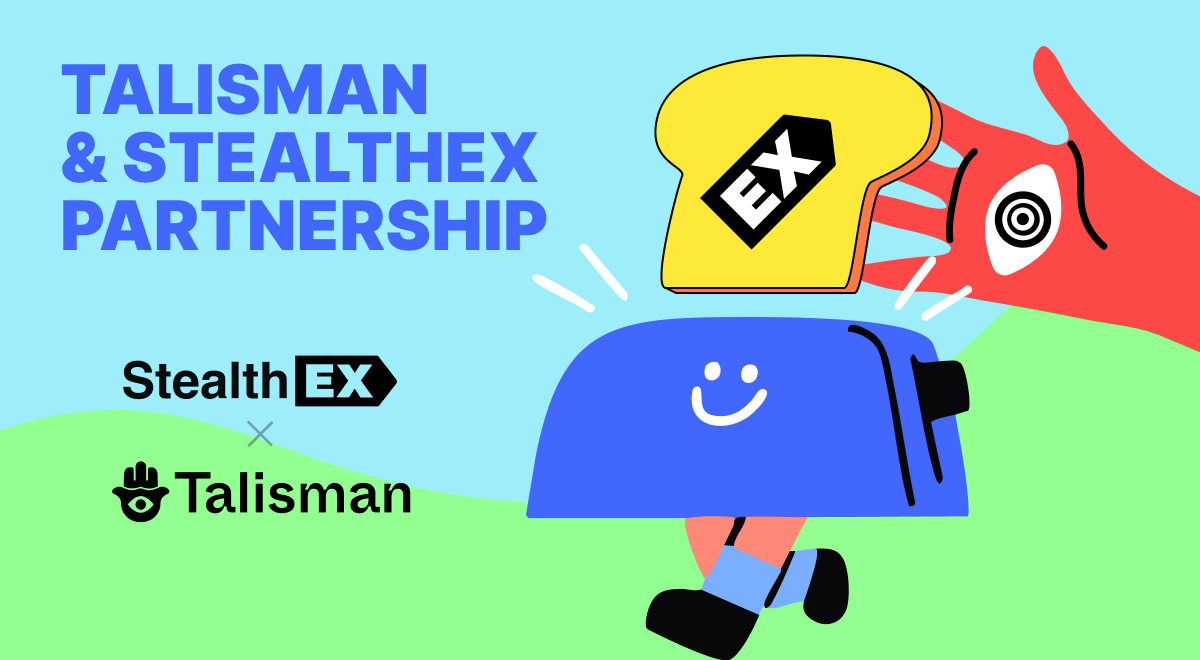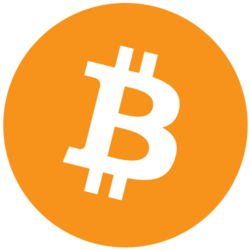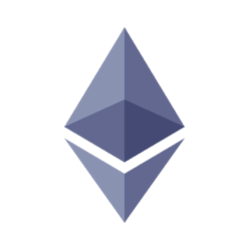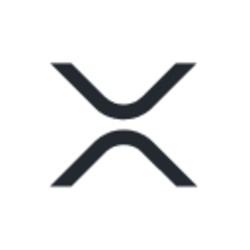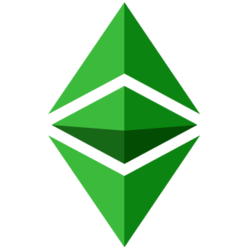Coin Launch Space is here to give you clear, accurate, and trustworthy information about crypto. Our team is made up of experts with real experience in crypto, finance, and new tech. Every article and page we publish is carefully reviewed by skilled editors to make sure it’s up to our high standards. We take pride in offering honest, easy-to-understand reviews based on real knowledge. Check out our editorial policy and see how we test and review crypto assets.
Stablecoins are important in the process of trading in the volatile market since they act as a stabilizing factor. There is a list of stablecoins known as USDT (Tether) and USDC (USD Coin) commonly used today. These tokens are backed by US Dollars and as such their value does not fluctuate much and, therefore, they can be used to trade with or try to hedge and move value around.
What is USDT?
Stablecoins Tether, which is also known as USDT, are among the oldest and most famous. Launched in 2014, USDT is designed to maintain a 1:1 peg with the US dollar. It is broadly applied as a settlement and a medium of exchange in decentralized financial markets because of its high demand and integrated use in various blockchain networks.
Key Features of USDT:
- High Liquidity: USDT is among the most popular stablecoins and has great depth across various platforms where currency trading takes place.
- Multi-Chain Support: This stable coin is present on different blockchains such as Ethereum, TRON, and Solana blockchains.
Ease of Use: Due to its easy access, it is preferable for traders and business investors as it is easily accessed.
What is USDC?
Fed backed stablecoin was launched in 2018 by Circle and Coinbase and is fully collateralized circulatory token USDC. It is similar to USDT but related to USD but it has more focus on compliance and audited therefore it is good to go for businesses and institutions.
Key Features of USDC:
- Regulatory Focus: USDC is launched by regulated entities, which meet high compliance requirements.
- Full Transparency: USDC providers, which include Circle, offers constant confirmations of reserves proving that every digital token reflects real-world value.
- Developer-Friendly: The primary use cases that are associated with USDC are the decentralized finance (DeFi) services and global payment services.
USDT vs. USDC: Key Differences
Thus, while both are dollar-linked stablecoins, the methodologies are dissimilar as is the targeted segment of users.
| Feature | USDT (Tether) | USDC (USD Coin) |
| Transparency | Less frequent reserve audits | Regular attestations by Circle |
| Adoption | High trading volume globally | Popular in DeFi and institutions |
| Blockchains | Operates on many networks | Primarily Ethereum and Solana |
| Regulation | Limited regulatory oversight | Emphasizes compliance |
Choosing Between USDT and USDC
We’ll help you to decide whether to stick with Tether’s USDT or switch over to Circle’s USDC.
When deciding between USDT and USDC, your choice will depend on your specific needs:
- For Traders: As such, the #2 stablecoin USDT is very liquid and accepted across all centralized exchanges facilitating high volumes of trading.
- For Institutions: While USDC has clear disclosure frameworks and a regulatory outlook in its favor, it is pleasing for businesses and institutional investors.
For DeFi Applications: Originally, USDC was created with an aim to work as an integrated currency within DeFi protocols.
Conclusion
USDT is considered one of the most useful and popular stablecoins, along with USDC, which is in much demand in the crypto market. The USDT has better liquidity and easier trade options while USDC provides more options in disclosure and accountability. In this way, users will be able to choose a stablecoin suitable for their needs because of its specific features – trading, investment or decentralized finance.
Disclaimer: The content provided reflects the authors personal opinions and is influenced by current market conditions. Conduct thorough research before making any cryptocurrency investments. The author and the publication are not liable for any financial losses you may incur.


